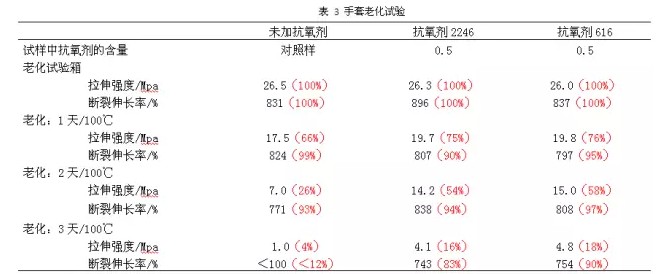
Frequently asked by customers, the same is the phenolic antioxidant. What are your advantages compared to others?
Come and come today, Xiao Yang took everyone to answer this question
In order to prolong the lifespan of polymer materials and inhibit or delay the oxidative degradation of polymers, antioxidants are often used to slow the automatic oxidation of rubber, plastics, petroleum, grease, and foodstuffs. Many types of antioxidants, according to the chemical structure can be divided into amines, phenols, cool phosphorous acid, sulfur cool and so on. Phenolic antioxidants can be further subdivided into monophenols, bisphenols, polyphenols, and the like. These antioxidants mostly have a hindered phenol structure, and have the characteristics of low toxicity, no discoloration, and no pollution (of course, this is relative to In the case of amines, it is used in a large number of light-colored, brilliant-colored products in the plastics industry and the rubber industry. It is also widely used in the petroleum, grease, and food industries.
Based on the experimental results of molecular structure, molecular weight, volatility, migration, extraction, coloring, and antioxidant efficiency of antioxidants, the widely used alkyl monophenolic antioxidants 264 were analyzed and compared. Basic antioxidant factors and advantages and disadvantages of BHT), alkylene bisphenol antioxidant 2246 and polymeric alkyl polyphenol antioxidant KY-616.
First, the role of antioxidants
As an antioxidant, it should be able to react with chain-growth radicals (R· or ROO·) in auto-oxidation, which is interrupted by the chain reaction. The main methods of action are the following two. Take BHT as an example.
1, as a hydrogen donor
2, as a free radical trapping agent

It is not difficult to see from the mechanism of action of the above-mentioned antioxidants that, for phenolic antioxidants, the phenolic hydroxyl group in the molecule is the functional group (hydrogen donor) that plays a major role in antioxidation. Theoretically speaking: “Antioxidant molecules Since there are many functional groups that play a role in antioxidation in the middle, it means that there are many hydrogen donors, so the inhibitory effect on free radicals is strong and the antioxidant effect is good."
2. Comparison of Antioxidant Basic Factors of Antioxidants 264, 2246 and KY-616 in Natural Latex
1, molecular weight
Antioxidant 264 (BHT)
Molecular weight: 220.4
Structural formula:

Antioxidant 2246
Molecular weight: 340.5
Structural formula:

Antioxidant KY-616
Molecular weight: ≥650
Structural formula:

2, volatile test
Volatility is closely related to the molecular structure and molecular weight of the material. The larger molecular weight antioxidants have lower volatility. In addition, the volatility is related to the temperature and the exposed surface area. If the other conditions are the same, the higher molecular weight antioxidants have lower volatility. The following is the case where the conditions are the same and the temperature is increased by 10°C per minute. For 264 (BHT), antioxidant 2246 and antioxidant 616 Record of experiments done.

3, withdrawal test
Results of aging test of the foamed latex test piece in the circulating air oven after boiling and washing with detergent:

4, the degree of discoloration evaluation
The visually assessed degree of discoloration relative to the control (without antioxidant). All samples were prepared using 1% antioxidant in latex.

5, aging test
The test results for the non-oxidant, antioxidant 2246, and antioxidant 616 were as follows:

Third, the evaluation results
The comparison results for the samples with antioxidant 264 (BHT), antioxidant 2246, and antioxidant 616 were as follows:

Conclusion: Antioxidant 2246 and Antioxidant 616 are more effective than Antioxidant 264 (BHT) and are more environmentally friendly。
Copyright Suzhou Yi Shun new material Co. Ltd. ICP06054527no.